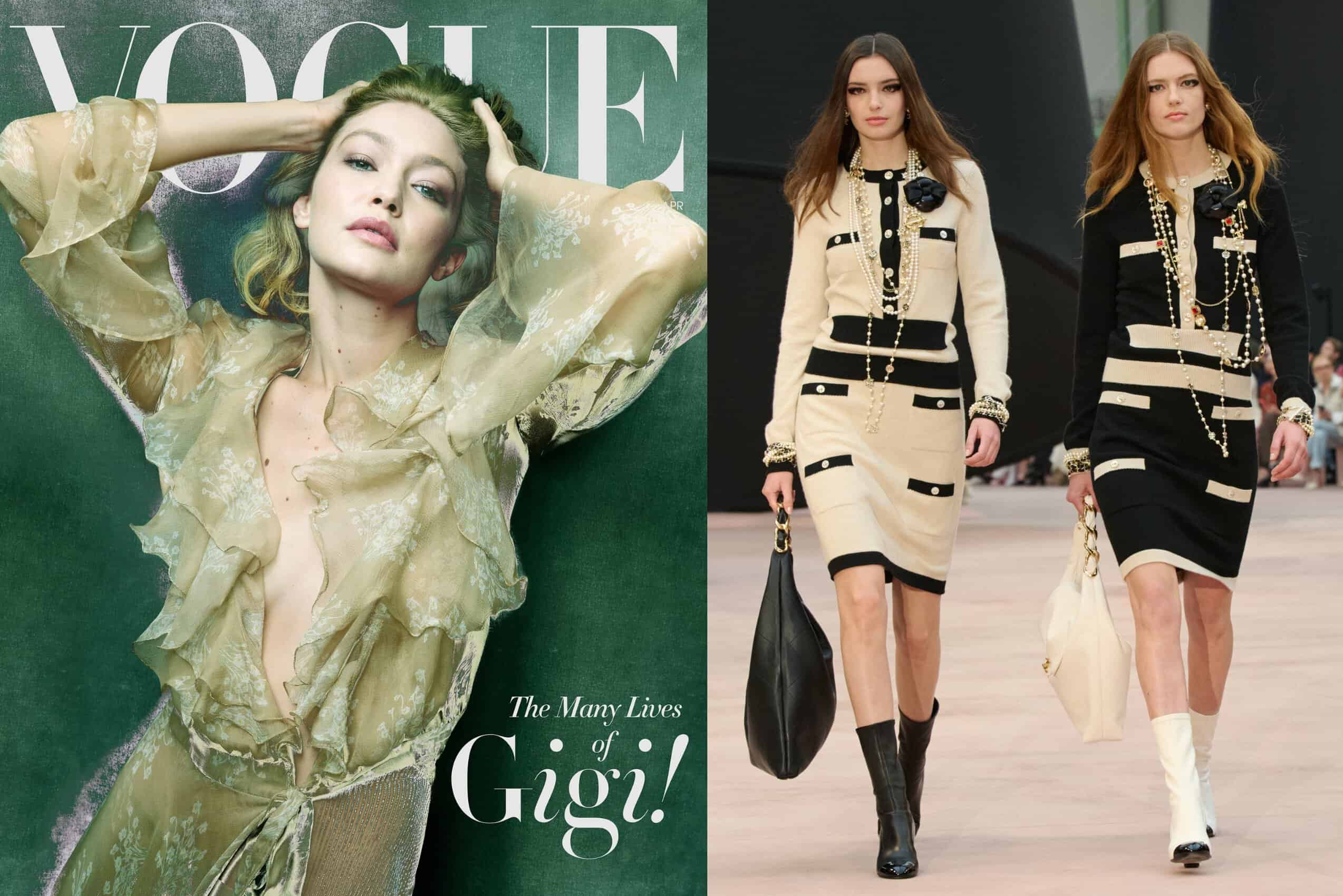EO is small and typical—the kind of animal who seems beautiful after you get to know him, but who might not stand out in a stable full of donkeys. He could have been the model for the wisecracker in the “Shrek” movies. When Skolimowski and cinematographer Michal Dymek photograph him in tight closeups—sometimes so tight that the squarish, old-movie frame can barely contain the graceful line of EO’s head in profile, one eye looming dead-center—you get a glimmer of what could possibly be wisdom. But that’s just you the viewer projecting, in the way you might while visiting a farm or zoo.
The filmmakers are resolute in keeping EO mysterious and letting him be an animal. We don’t really know why he does or does not do things at any moment. Even when his trainer finds and briefly consoles him and then leaves him and he seems to go after her, there’s no indication of what EO expects or hopes to achieve, much less his likelihood of success. He travels a ways and then stops, and more things happen.
But there’s not always a discernible internal logic to the scenes and set-pieces, and that can make parts of “EO” feel less like a coherent, if stripped-down, narrative than a highlight reel of clever cinematography techniques, including ostentatious acrobatic drone shots soaring high over the countryside, single-color filters (evocative of the final section of “2001: A Space Odyssey”) and first-person “trick shots” where cameras have been attached to machines and other objects in motion. Some of these images are genuinely beautiful, eerie even. But others (including an early, brief sequence in a stable) veer towards fashion-magazine slick prettiness. And there are times when the film gets fixated on bold colors and striking angles (such a very low-angled shot of a robot “dog” trundling through grass and across puddly dirt roads) to the detriment or neglect of EO. It’s not enough to entirely derail the movie, but one might wish for a bit more aesthetic clarity from time to time.
One of the most upsetting sequences in the film finds EO chewing grass outside of a nightclub somewhere in a countryside when thugs with baseball bats pull up in cars, invade the club, beat and frighten the patrons, then barge back outside to drive away into the night. Somebody in one of the cars notices EO at the edge of the lot, and they all climb back out of the car and beat him, too, with the camera simulating EO’s first-person perspective as the blows rain down on him. Why didn’t EO run the second the cars pulled up and men got out screaming with rage? This and other moments make it feel as if the potential for dramatic power overruled practical or logical considerations.
You can view the original article HERE.

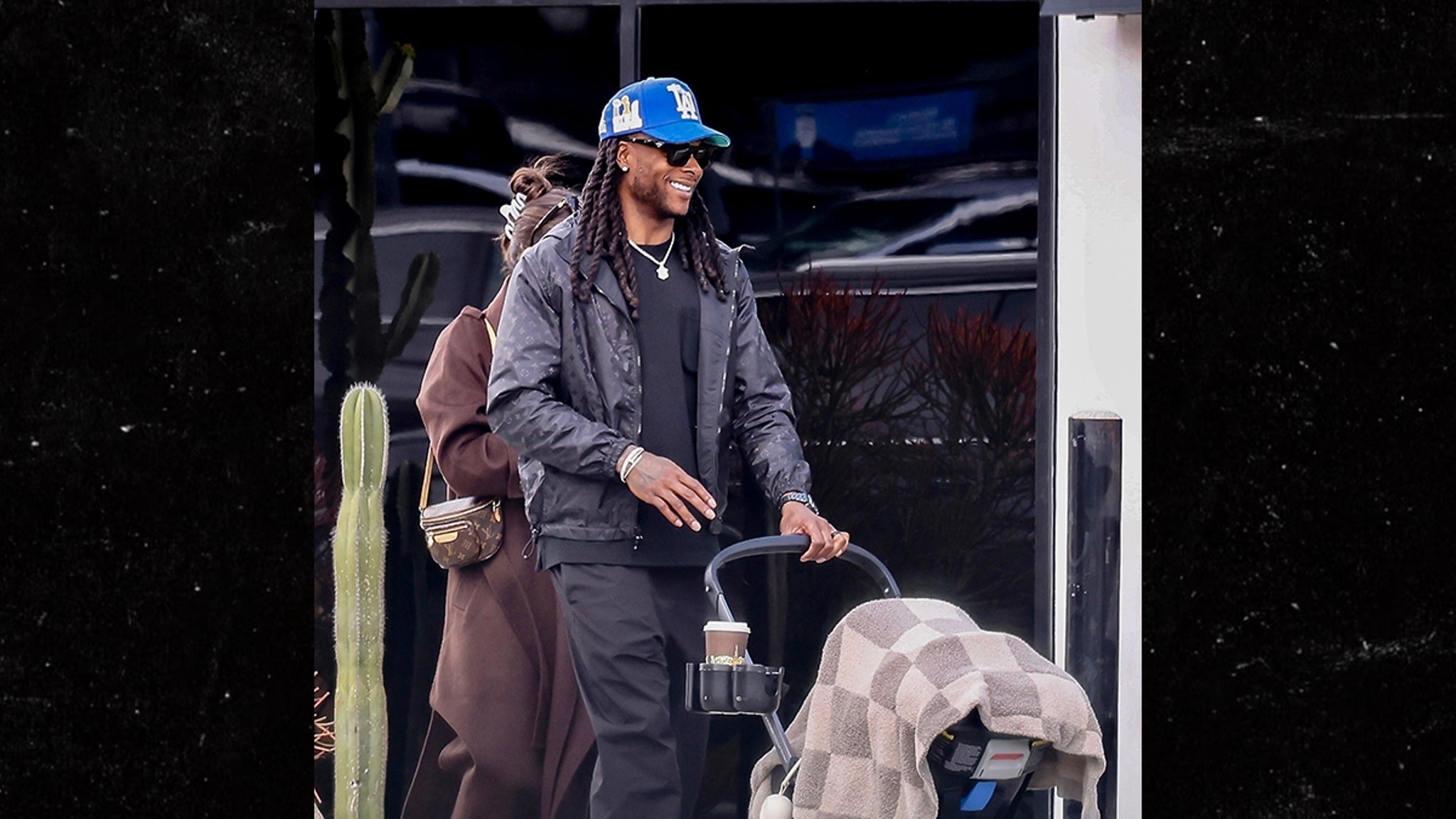
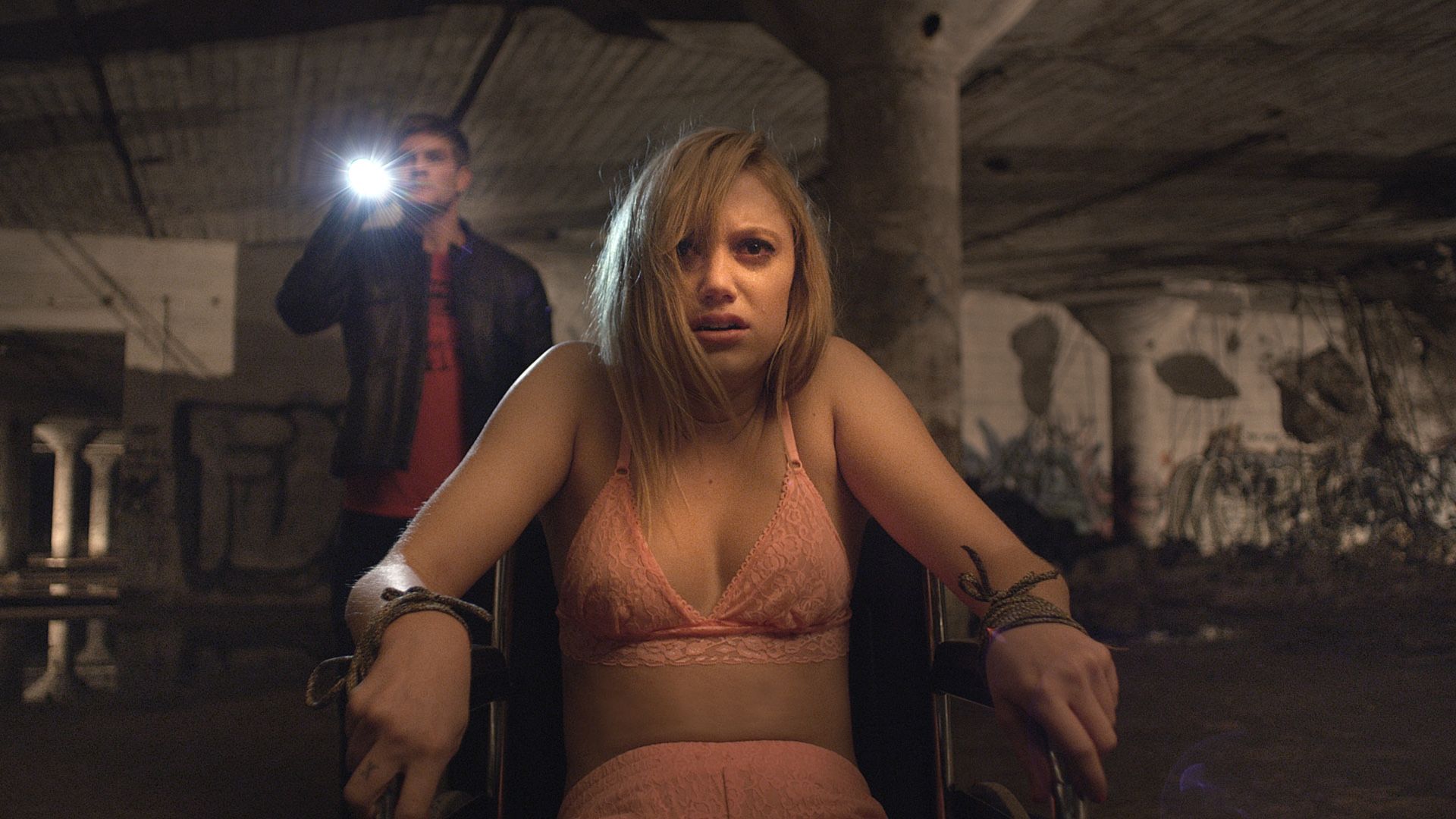


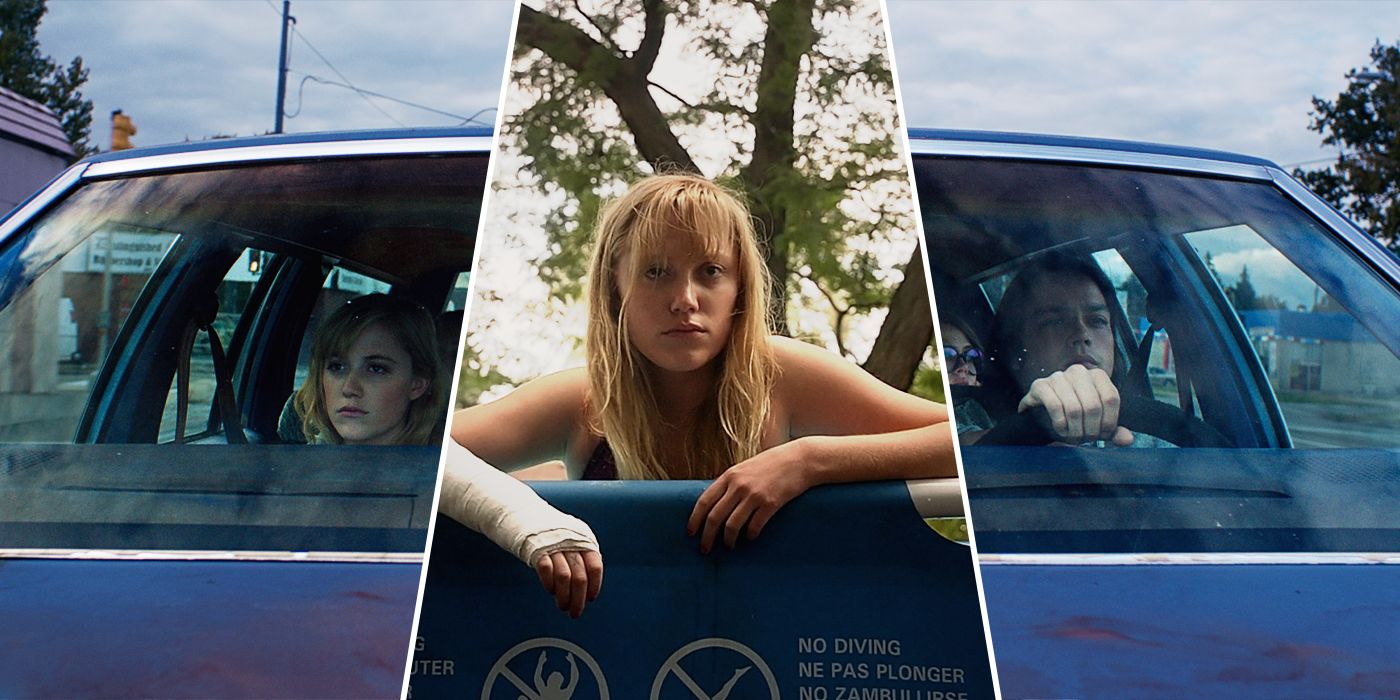
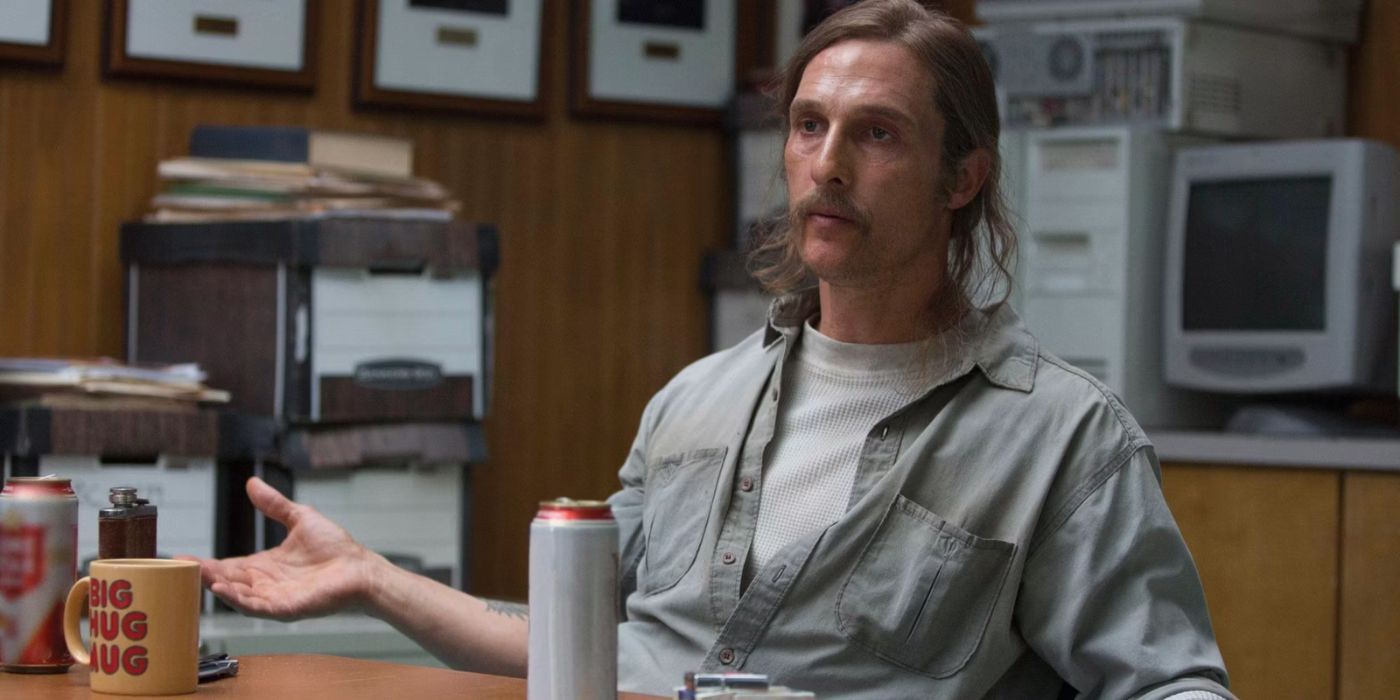

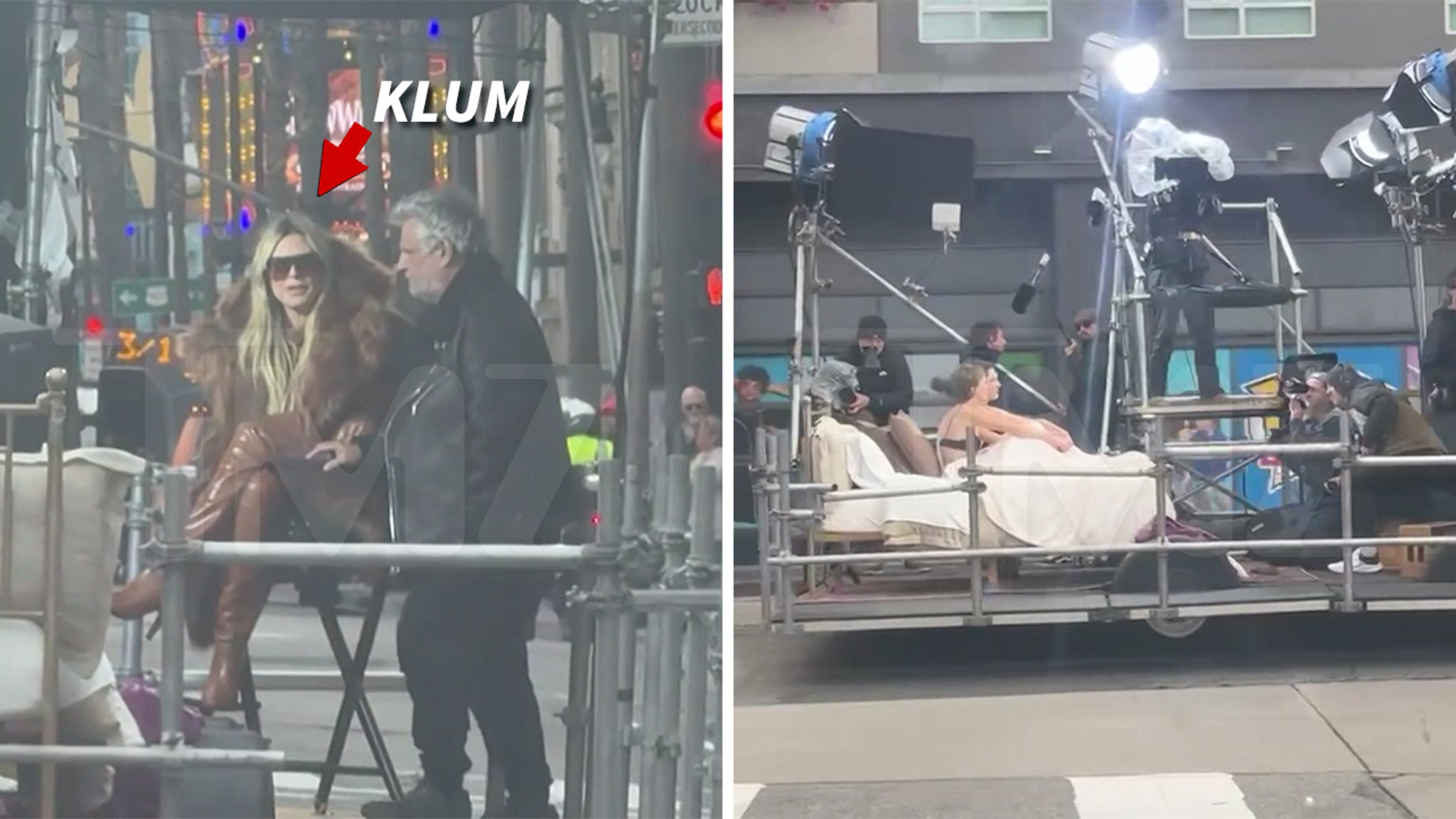

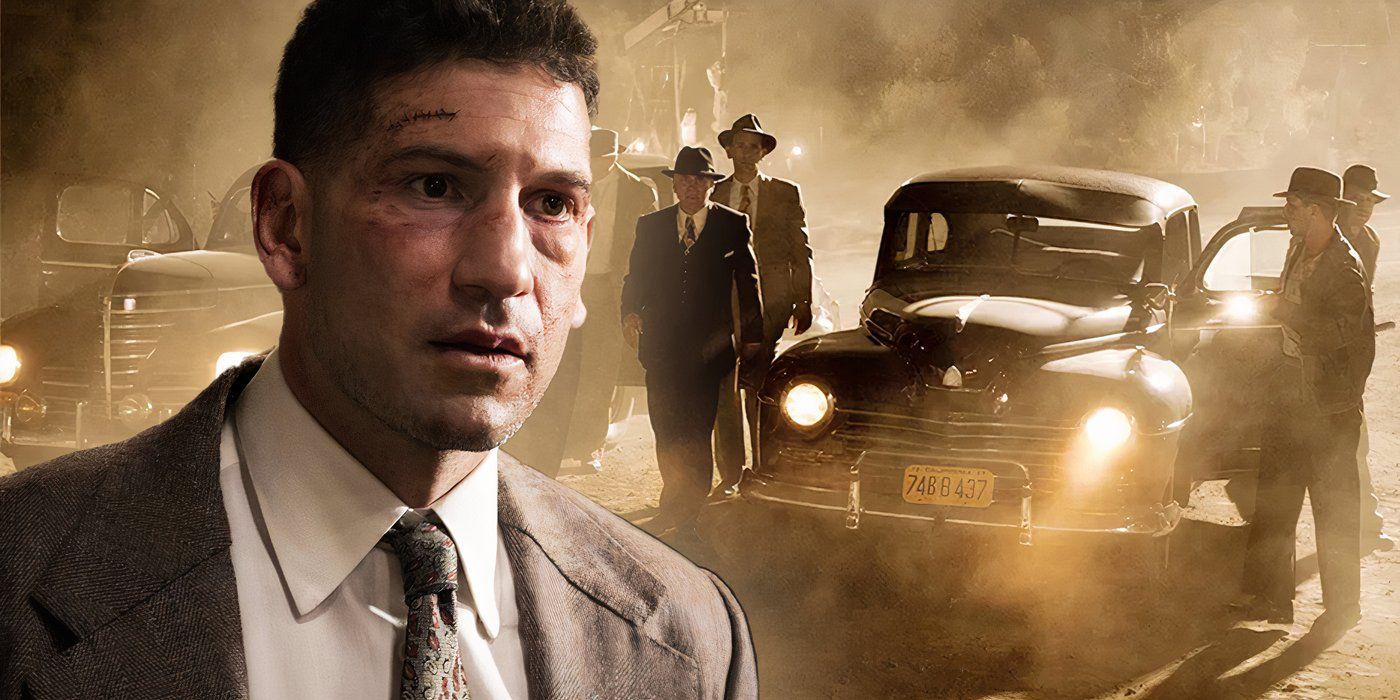

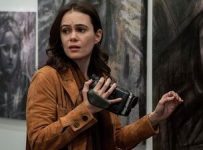
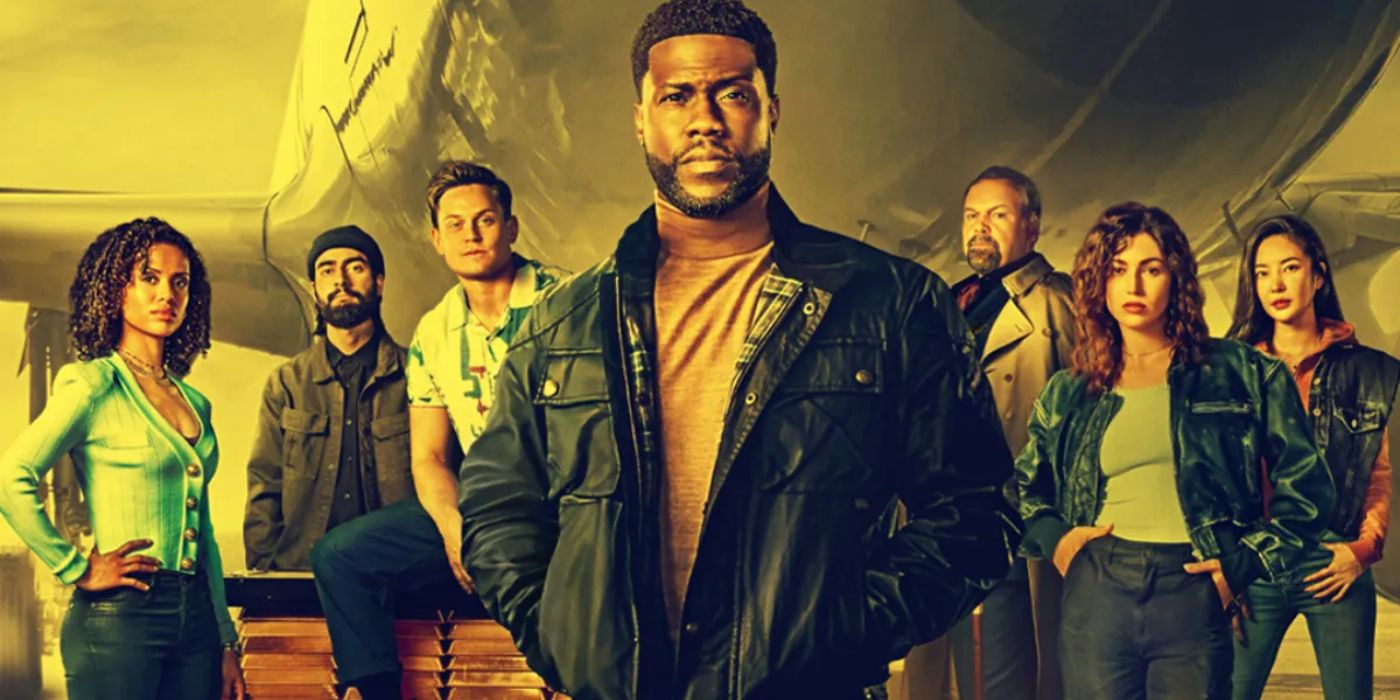


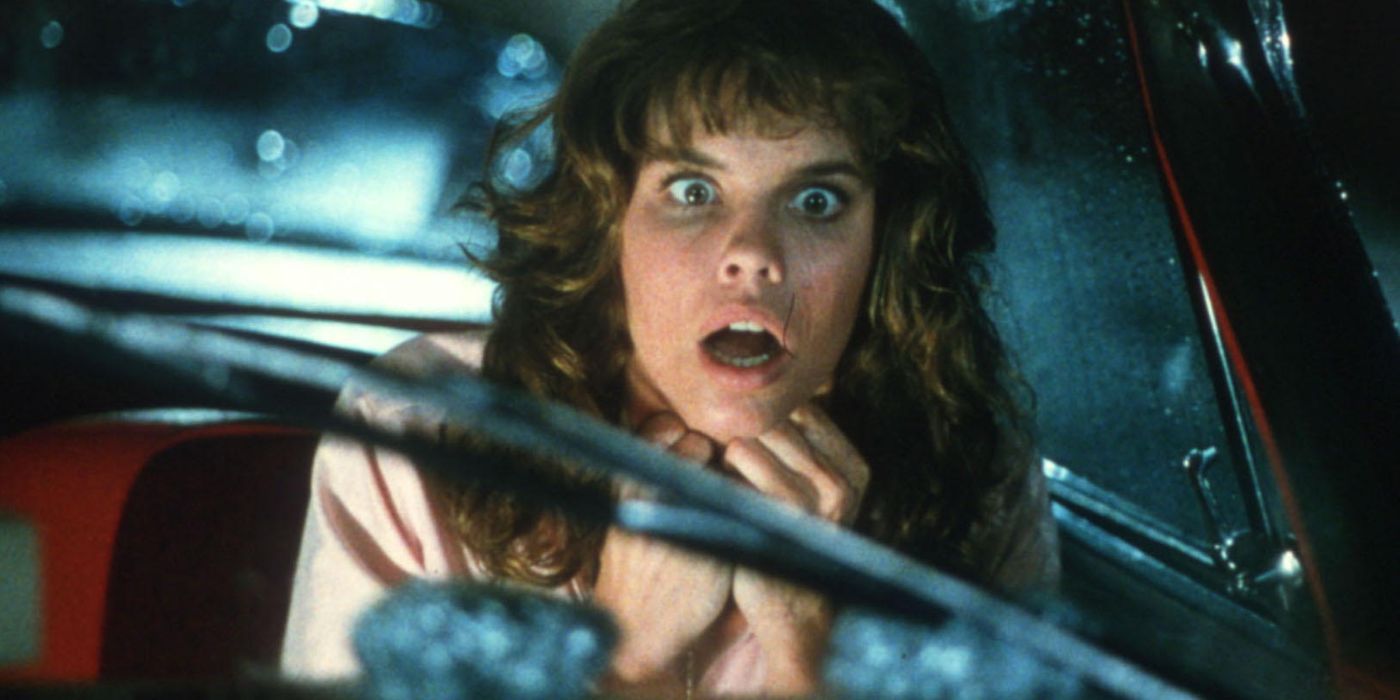


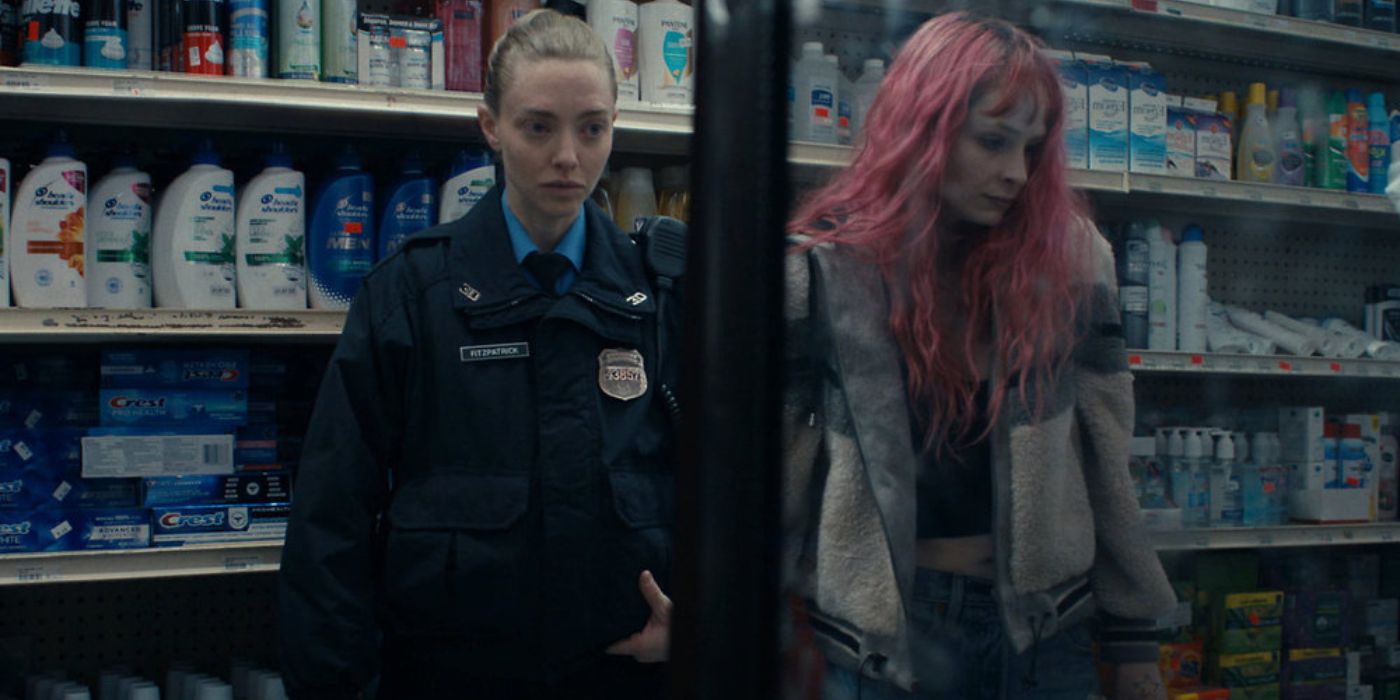

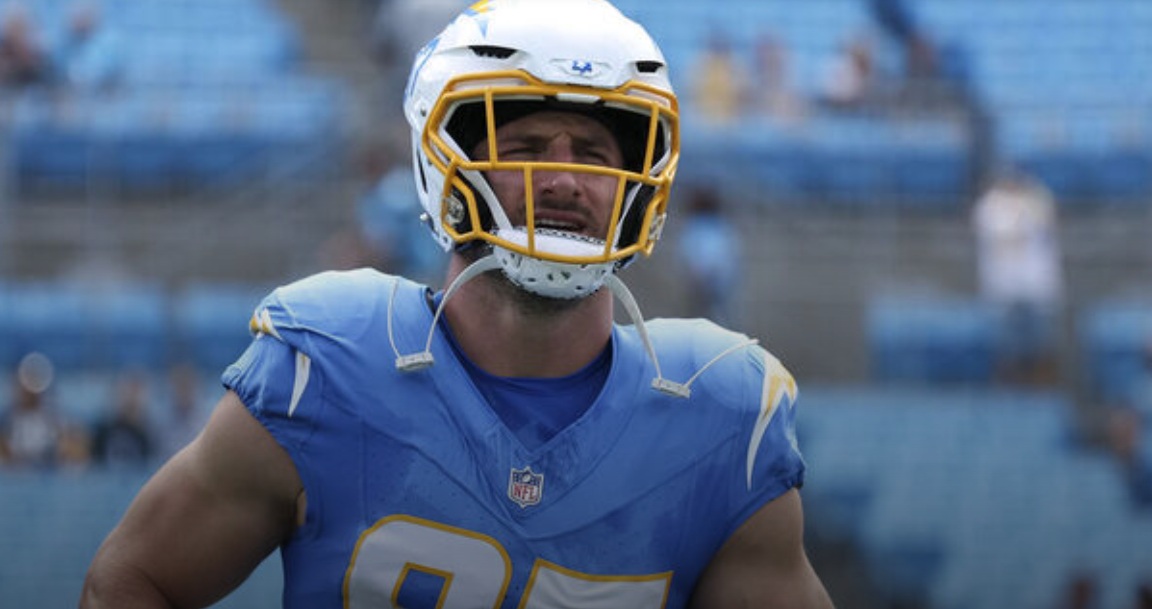
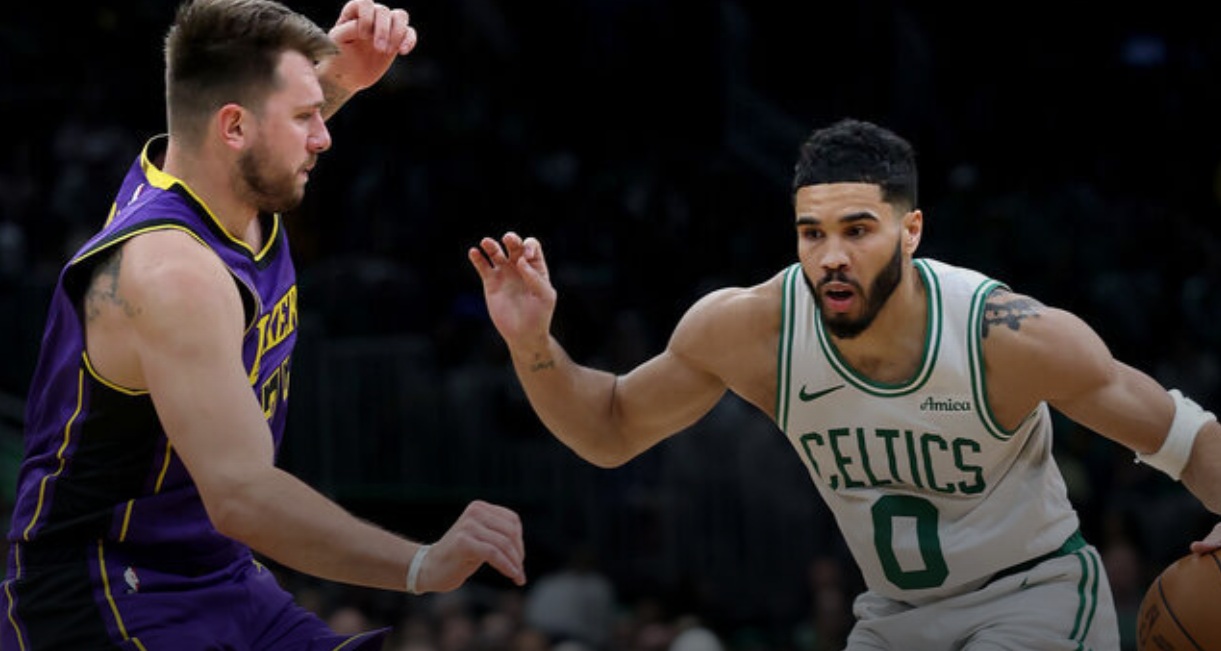
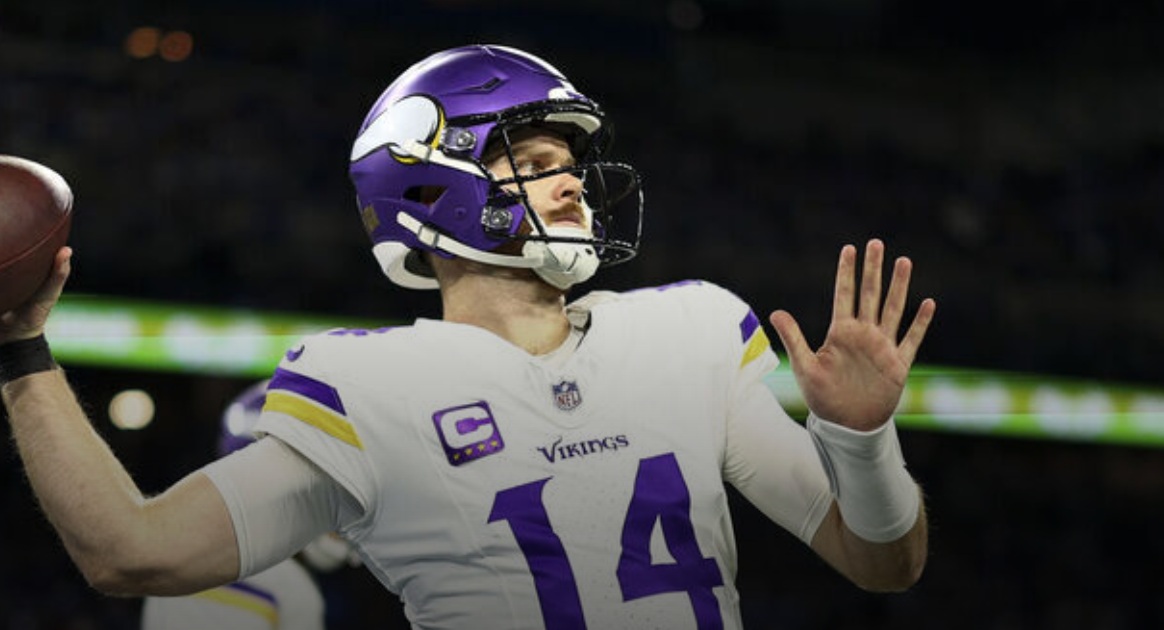

:quality(85):upscale()/2025/03/13/705/n/1922564/18fa347067d3001e6b0d50.77533101_.png)
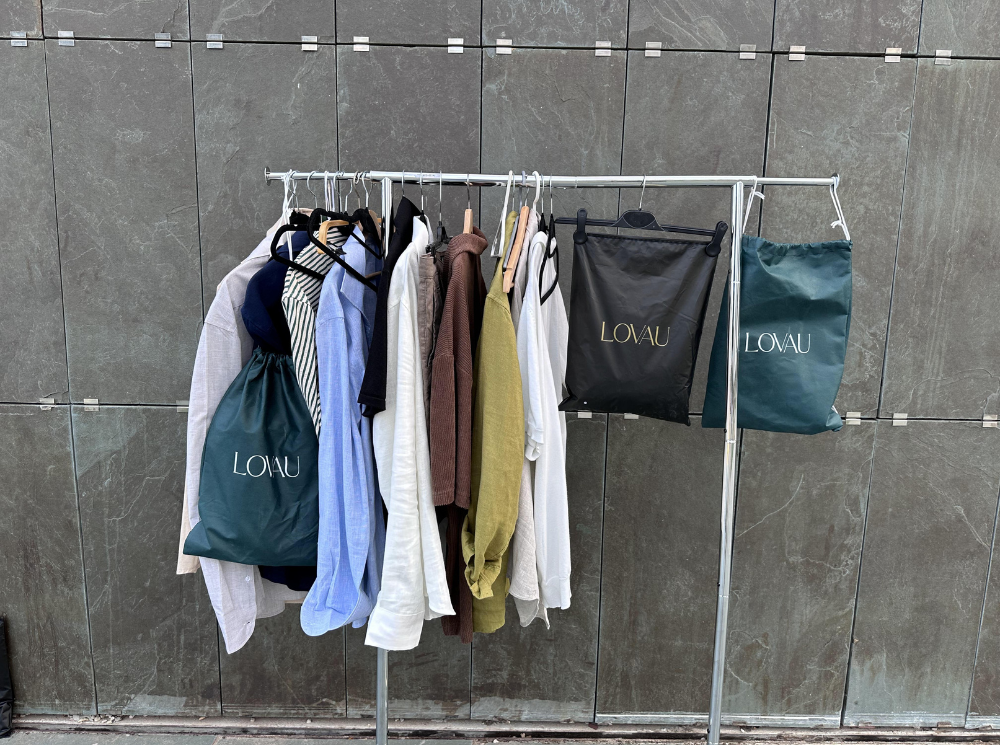
:quality(85):upscale()/2025/03/12/900/n/1922564/ae21a1a167d1f08278bdd5.84728850_.png)
